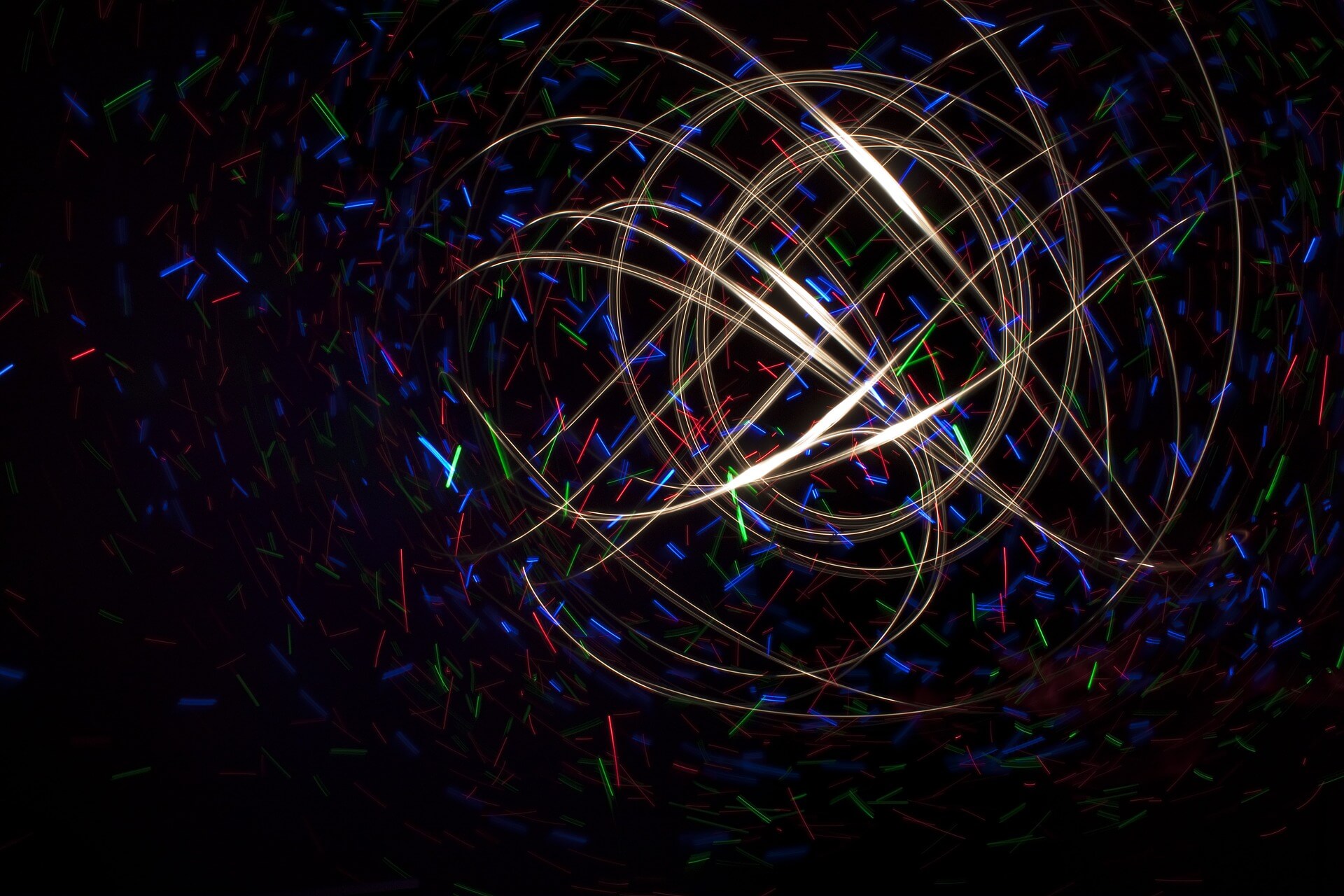An LED strip light (also known as LED tape light or LED ribbon) is a flexible circuit board populated by surface-mounted, light-emitting diodes (SMD LEDs) and other components. They usually come with an adhesive backing. They are created by soldering surface-mounted appliances and other electrical parts onto flexible print circuit (FPC) boards. They generate strip-shaped lighting when connected to a power source. Hence the name strip lights.
The major components of an LED light strip include SMD LEDs, FPC board, resistors, and 3M double-sided adhesive backing. LED strips most commonly operate between 5-24 volts of direct power supply called a driver.
LED strip lights are environmentally friendly and require fifty percent less energy than other bulbs. They are a cost-effective way to add extra lighting to anyplace you need it. They are preferred for their minimal electric needs, keeping electricity bills low. The strips are built to last and have a long lifespan. The lights also require less replacement compared to ordinary light bulbs.
LED strip lights give an aesthetic feel to spaces where they are used. They light up corners and areas without the harsh glare that conventional bulbs give. The strips are designed for both indoor and outdoor use. LED strips are chosen for their flexibility and easy fit – especially in spaces like closets, drawers, patios, and stairs. They are therefore easy to use for a vast array of installations. The fact that the strips are easy to install and fit into tight areas has made them increasingly popular with Do it yourself projects.
Using LED lights in lengthy areas can be tricky. If not well done, you could end up damaging the entire strip.
Here are a few tips for managing long LED strips:
– Use two drivers that can provide power at both ends of the strip. To avoid the lights distant from the power source from being dim.
– When working with long LED strips, it is better to go for a strip with higher voltage, say 24v instead of 12v, because higher voltage strips have less voltage drop over a distance.
– An alternative to using two power supply drivers is to use one power source connecting the strip in the middle instead of both ends. This ensures equal power distribution without any dimming.
– Another way to handle a longer LED strip is to go with a thick gauge wire from the power supply to various points on the strip. This method decreases the amount of resistance introduced by the wire.
– The farther the light strip is from the power source, the more voltage drop will arise. The distance between the power source and the LED strip should not be more than 20 feet to ensure optimum lighting.
The above tips are guaranteed to help you manage long LED strips as effectively as possible. These tips are essential in preserving the longevity of your LED strips. They are also helpful when trying to connect long LED strips to your power source.




